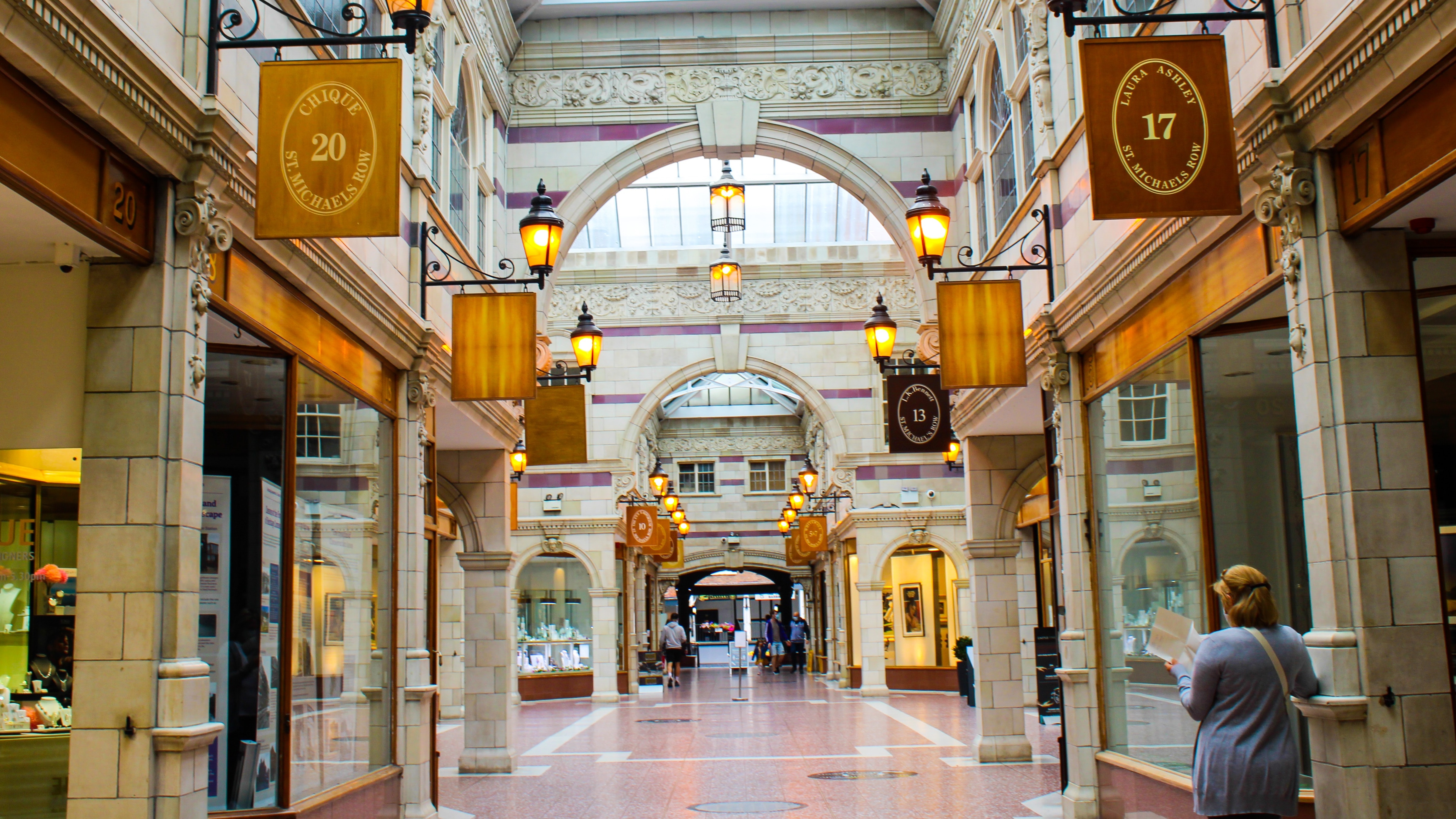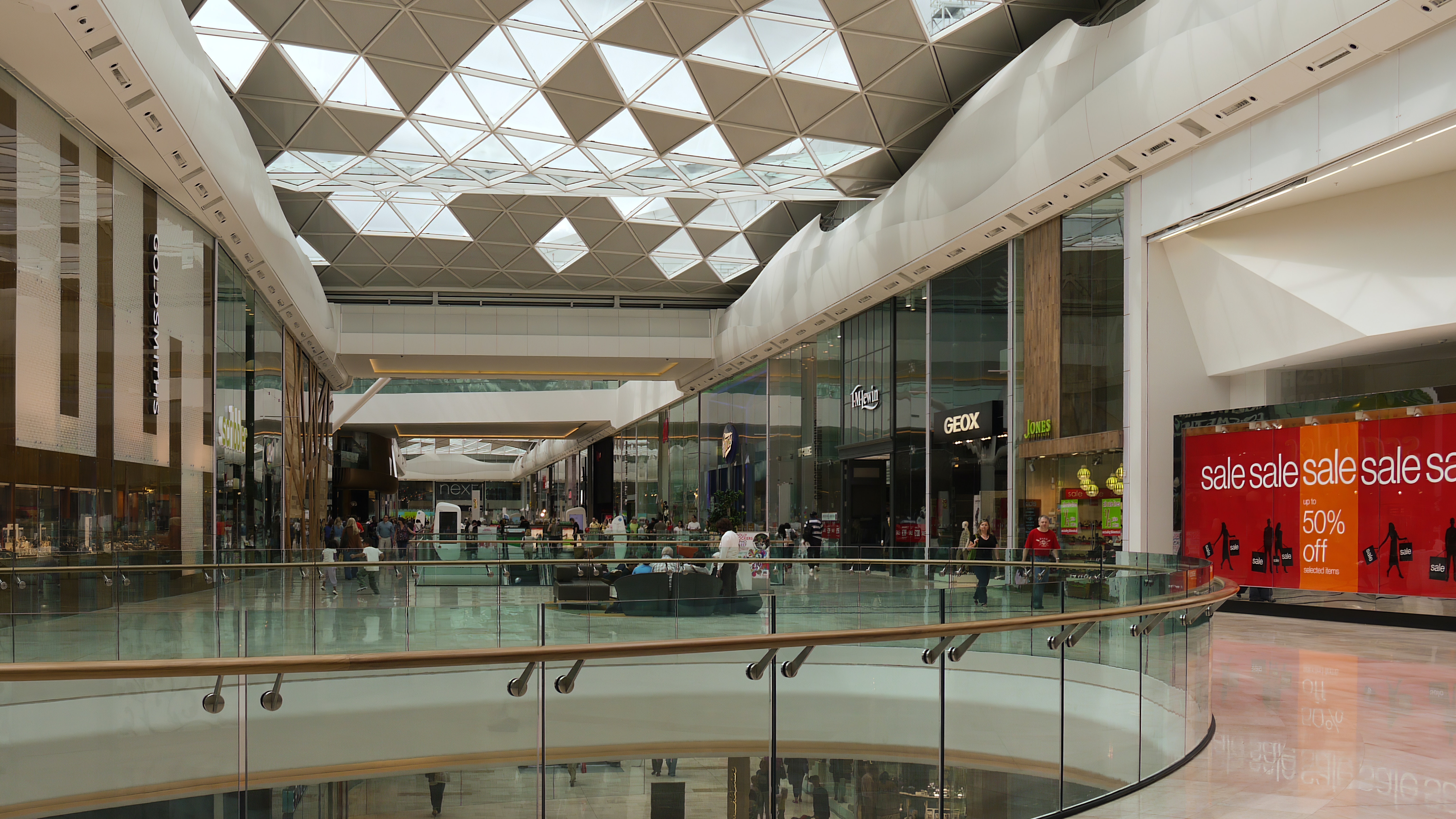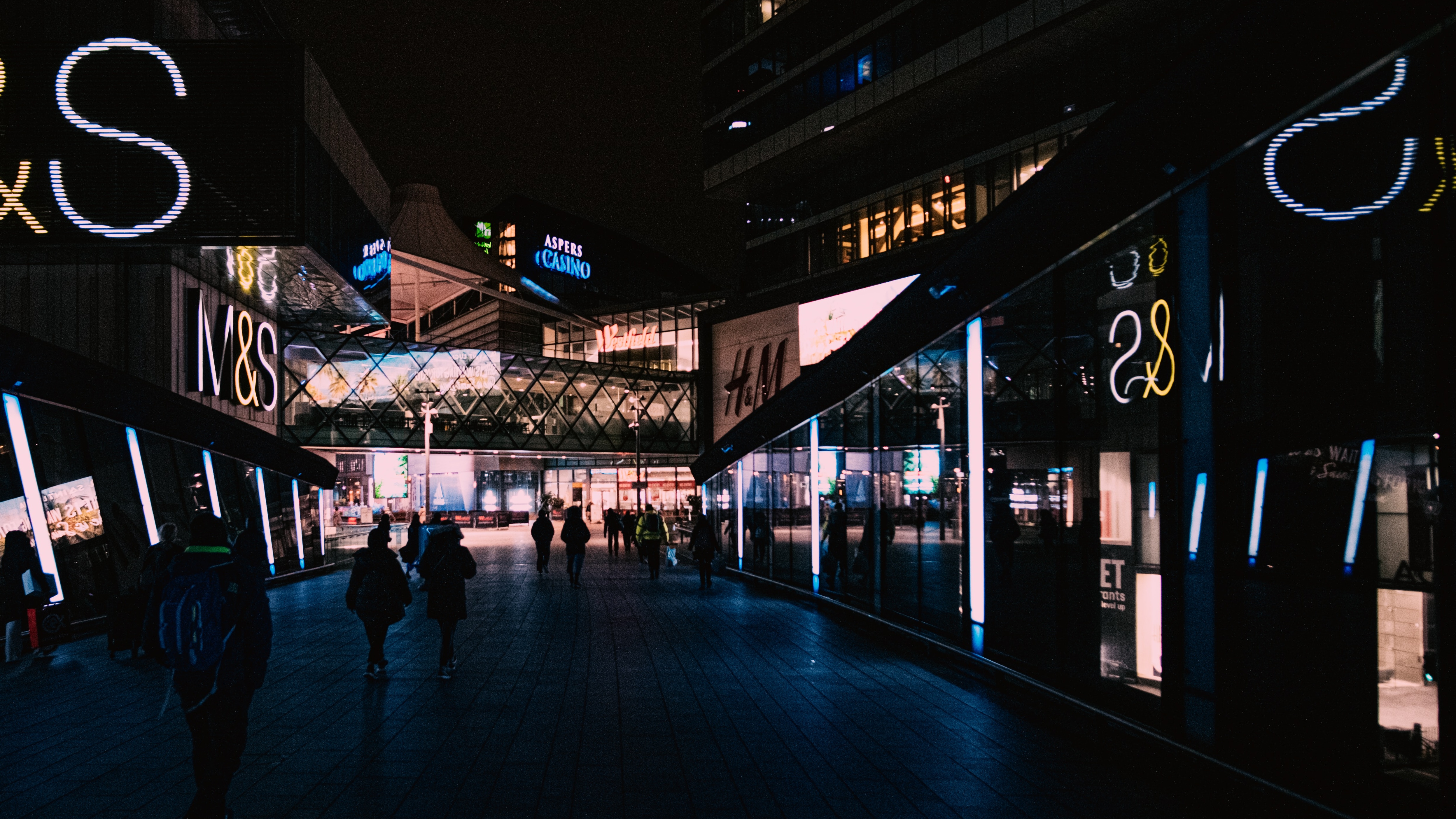From the migration of spend to online channels to high-profile closures to a pandemic driving temporary and permanent closures across retail and leisure, shopping centres have had a lot to contend with in recent years. Not all shopping centres are alike, however: local community shopping centres and larger, ‘super regional’ shopping centres serve different purposes and face different challenges. We explored our data spanning from 2014 to present, looking at the difference in performance between the 50 largest and 50 smallest shopping centres in Great Britain to paint a picture of a sometimes-polarised market.
 Photo by Ebun Oluwole on Unsplash
Photo by Ebun Oluwole on Unsplash
Vacancy rates at smaller community shopping centres have historically tracked above, sometimes even at double, the GB average, as these smaller locations have been considered less desirable by many occupiers in the past. After a four-year period of improvement, vacancies at community shopping centres began to rise again in 2020, to a current vacancy rate of 25.7%.
By contrast, super regional centres have generally tracked below or close to average since 2014. However, vacancy rate at these locations has been rising since 2019, landing at 17.9% this year.
Looking at just retail, both types again followed similar trends, but the retail vacancy rate increased more sharply for larger shopping centres, from 13.9% in 2020 to 19.0% in 2021. These centres tend to have greater exposure to the fashion and department store categories, both heavily impacted by recent CVAs and administrations.
Leisure vacancy at community shopping centres has remained significantly higher than the GB average for the 2014-2021 period, while the leisure vacancy rate for super regional centres has historically tracked below average. Increased travel time to super regional centres, and an abundance of popular comparison retail stores, encouraged a longer dwell time and therefore a greater need to refuel and rest during shopping trips. However, 2021 saw the leisure vacancy rate for super regionals rise above average for the first time, at 13.0% compared to the current average of 11.3%. Closures for indoor dining during this period, apprehension around shopping in enclosed spaces and reduced presence of former anchor retailers all drove the increase in leisure vacancy for super regionals.
Across regions and location types, independent businesses have been growing more resilient than multiples in recent years; our latest analysis revealed an increase of 804 units for independents in H1 2021, the first net increase tracked since H1 2017. The business type mix at smaller community centres has generally been skewed towards a higher proportion of independents, around 42%, compared to a GB average of around 34%. Independent businesses are better positioned to appeal to locals and are likely less able to afford high rents at larger shopping centres.
 Photo by Brett Jordan on Unsplash
Photo by Brett Jordan on Unsplash
The multiple mix for super regional centres is around 80%, populated by large national and international brands with extensive estates. At both types of shopping centre this year, there has been an uptick in independents, with increases of 0.9% for community shopping centres and 0.6% for super regional centres. Independent brands may be finding it easier to occupy retail space at reduced rates, positioning them well to cater to the modern consumer who now has a greater desire for sustainable, unique and home-grown offers.
Compared to high streets and retail parks, shopping centres had the highest percentage of units left vacant for less than a year, at 7.3%, which points to a high number of closures having taken place over the pandemic. They also had a high percentage of units vacant long-term, for more than 3 years, at 5.5%. These long-term vacancies can be challenging to fill, more likely to need renovations to make them fit for purpose or to convert them for other uses.
Community centres have historically had a higher proportion of long-term vacant units but this trend was likely exacerbated by the pandemic. The persistent vacancy rate for super regional centres has hovered around 3% since 2015, but saw an increase to 4.2% between 2019 and 2021. These centres have faced a greater impact from the rationalisation of large store estates and high-profile closures such as those of Debenhams and the Arcadia group.
In general, comparison retail at shopping centres has been on the decline in favour of service and leisure. For community shopping centres, which saw a 10.1% net decline in units from 2020-2021, the majority of units lost in this time were fashion and general clothing stores. From 2020-2021, net units at the super regional shopping centres decreased by 8.9%, again driven mainly by fashion and general clothing, but also department stores. New occupiers at both types of centre tended to be restaurants and cafes, salons and barbers.
 Photo by Samuel Regan-Asante on Unsplash
Photo by Samuel Regan-Asante on Unsplash
It is important to note that comparison retail in shopping centres was declining before 2020, with a move towards service and leisure already evident before the first lockdown. Many of the trends we have reported on this year were not born in the pandemic, but accelerated by it: with comparison goods so widely available online, physical locations offer services and experiences that can only take place offline.
Operators are continuing to rethink shopping centre space. Local shopping centres may grow to resemble community hubs, with facilities such as clinics and learning spaces creating ‘one-stop shops’ for locals. Larger centres could see big brands using physical space to support online trade in the form of click-and-collect hubs, showrooms, in-store experiences and pop-ups. Large spaces formerly occupied by department stores have already seen occupation by leisure brands offering activities such as trampolining and indoor gaming, which could serve to encourage longer visits, resulting in increased spend at surrounding outlets. What we are seeing- and will continue to see- across Britain’s shopping centres is an evolution beyond the conventional shopping experience.
Our H1 2022 update: breathing new life into the shopping centre sector
Shopping centres experienced the most significant recovery of any location type in our H1 2022 analysis, with percentage net change in units dropping to -0.3% from -3.3% in H1 2021. This reversal in H1 2022 indicates that much of the difficulty faced by the sector could now be over.
Still, shopping centres continue to have the highest levels of long-term vacancy of any location type: 6.3% of shopping centre units have been vacant for over three years. However, investors are beginning to see opportunities to convert shopping centre space and develop new concepts. 45% of all shopping centre transactions in 2021 were carried out by new entrants into the sector (Source: Colliers, 2022). We have seen further evolution of shopping centre spaces into hotels, flexible workspaces and artisan food halls. This activity comes at a steep cost but is proving a creative and popular solution to vacancies.
The recent growth in beauty megastores has been concentrated in shopping centres. Debenhams returned to the GB high street with a dedicated beauty store at Manchester Arndale Centre. Harrods is also making strides into standalone beauty stores: H Beauty now has five sites following the latest opening at Metrocentre Gateshead in June 2022. Veteran retailers see potential in the continued growth of the health & beauty market, which could prove one of the more resilient categories through the recession which many believe will hit in H2 2022.
25% of all ex-Arcadia sites are now reoccupied and a further 6% have been repurposed so far. 63% of Debenhams sites remain vacant. However, 14% have been repurposed. Many of these sites formerly served as shopping centre anchor stores, but new concepts and experiential leisure could offer new uses for large vacant sites and support both footfall and dwell time at the shopping centres of the future.

 901
901
901
901


